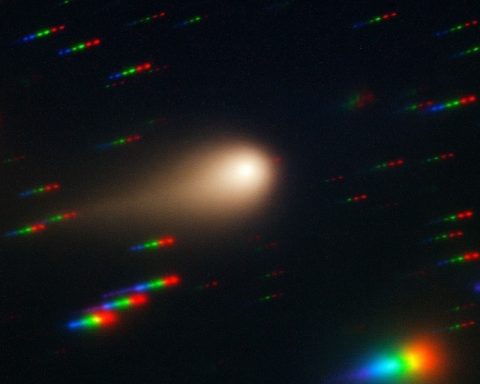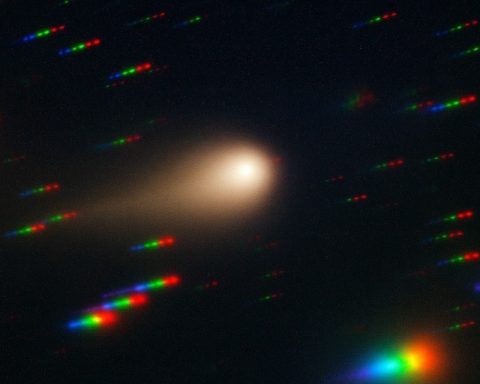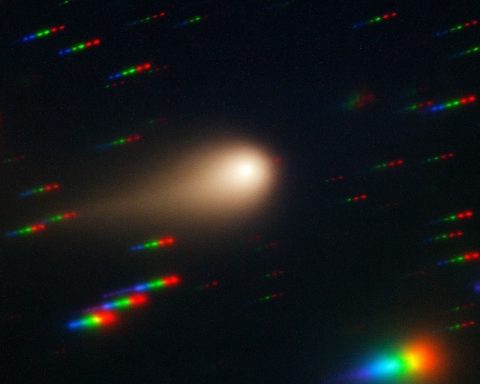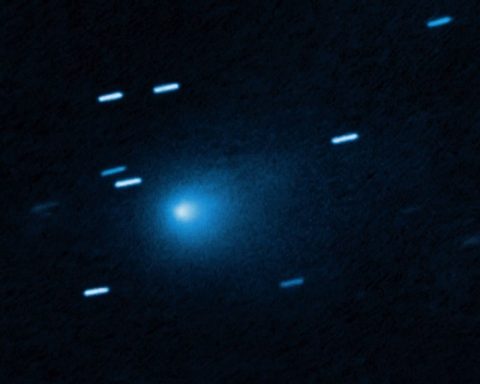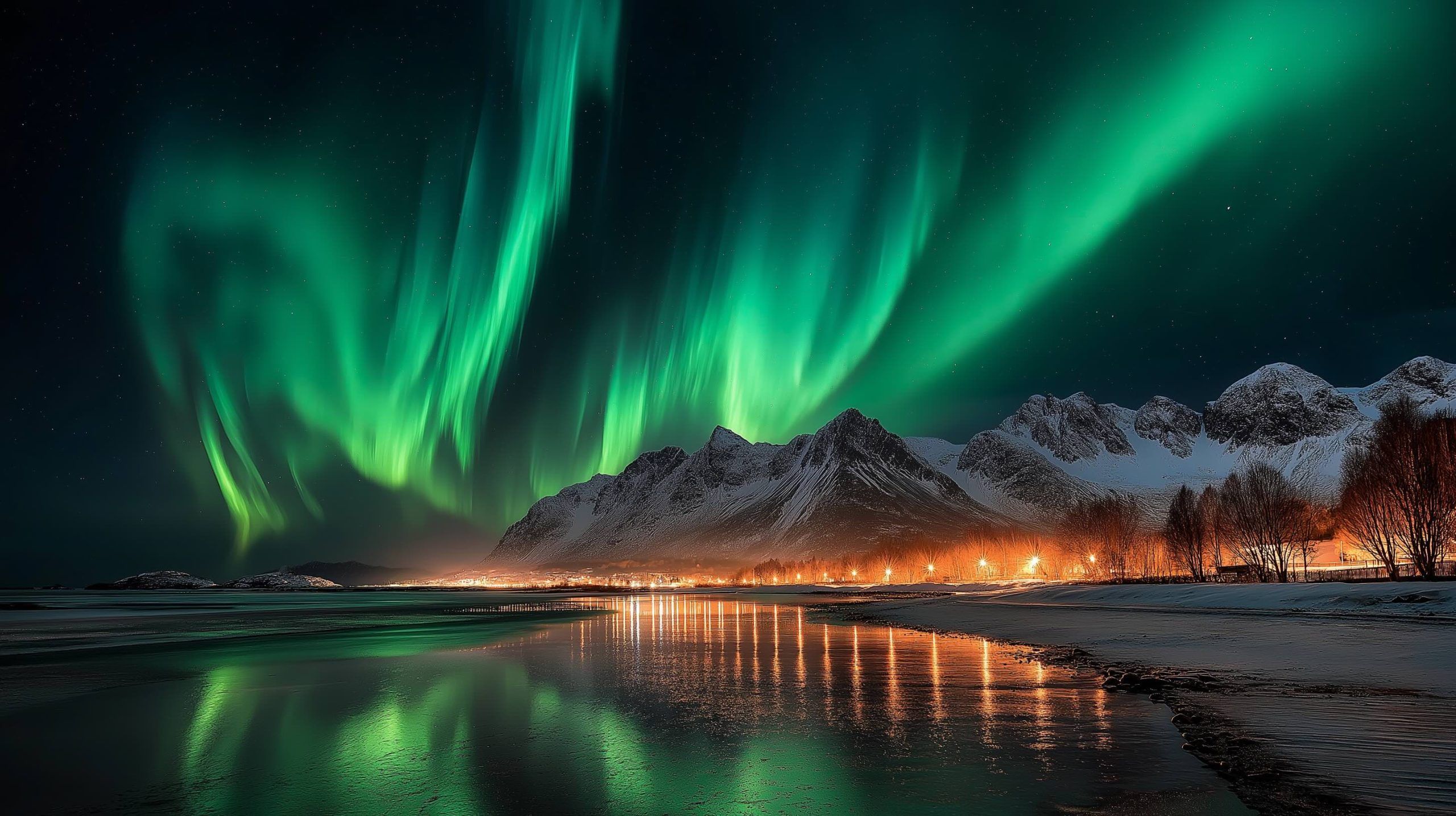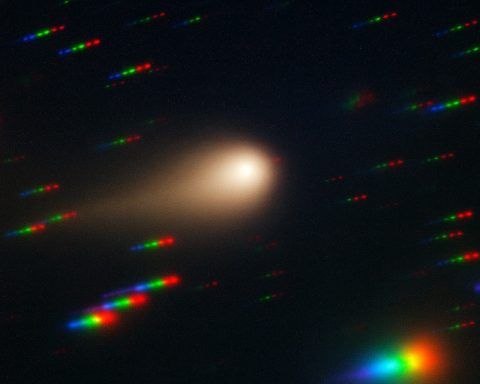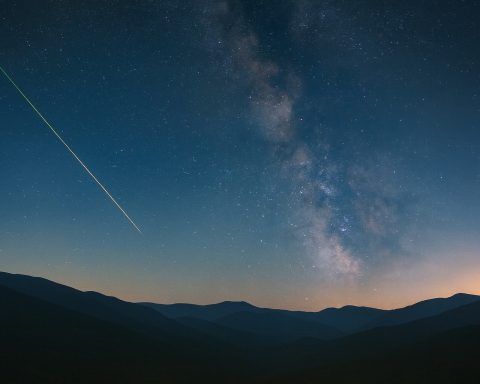
Comet 3I/ATLAS Update (Dec. 12, 2025): First X‑Ray View, Green Glow, and How to Spot the Interstellar Visitor
On December 12, 2025, the rare interstellar comet 3I/ATLAS (also written 3I/Atlas) is back in headlines for two reasons: a newly released X‑ray view from ESA’s XMM‑Newton and fresh Gemini North telescope images showing the comet looking noticeably greener—all as the object heads toward its closest approach to



